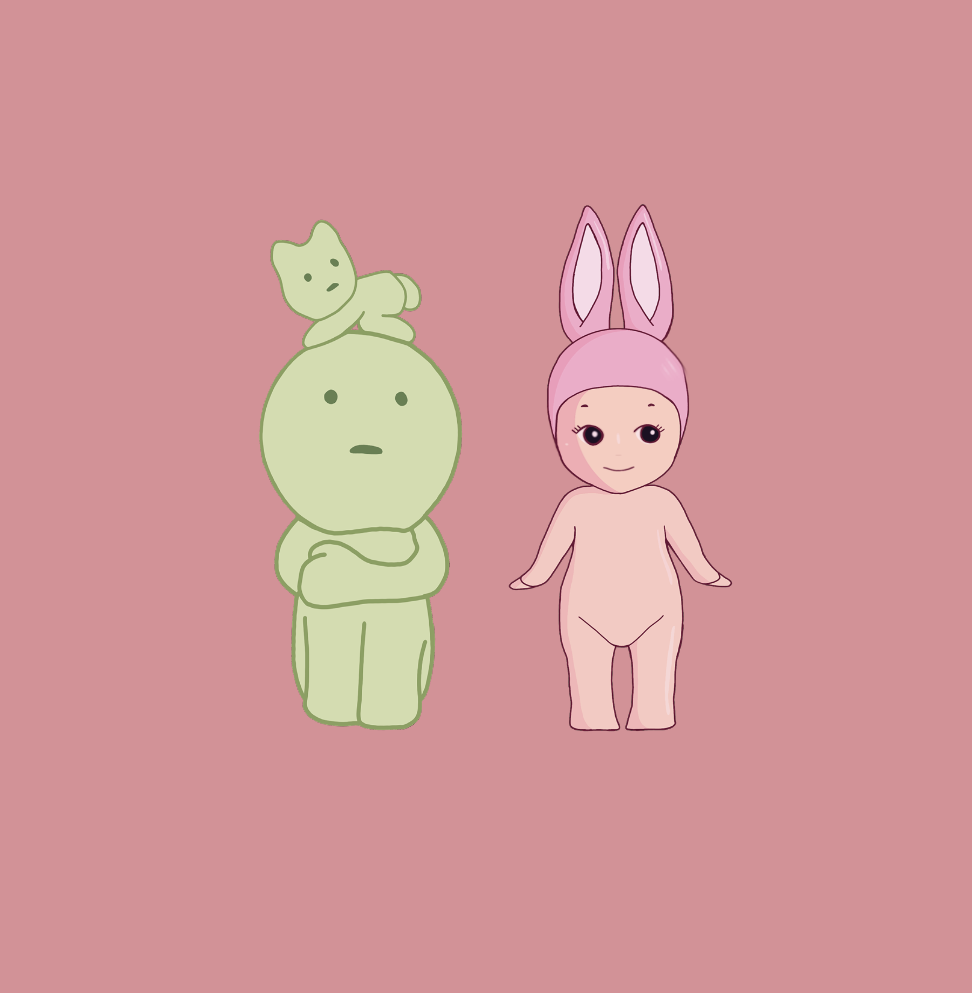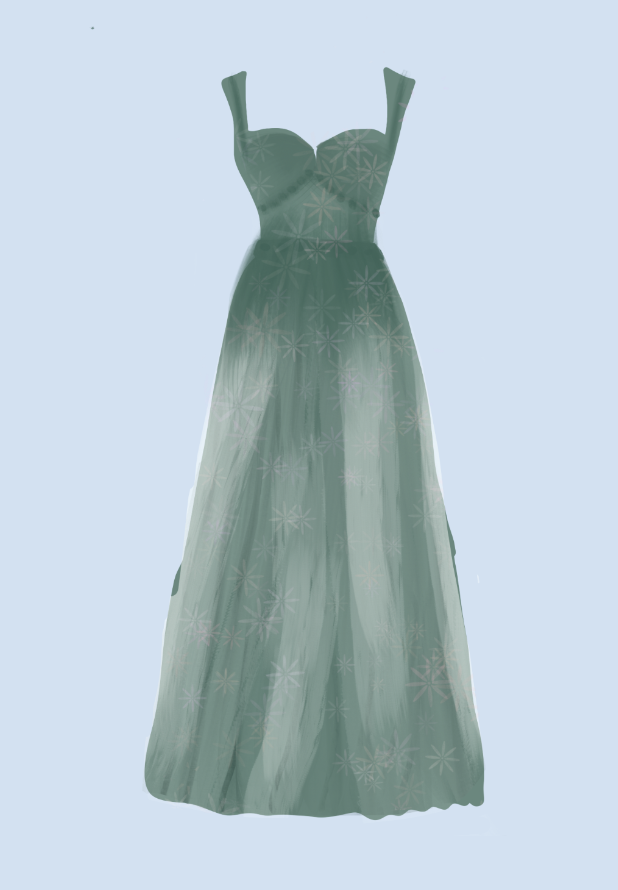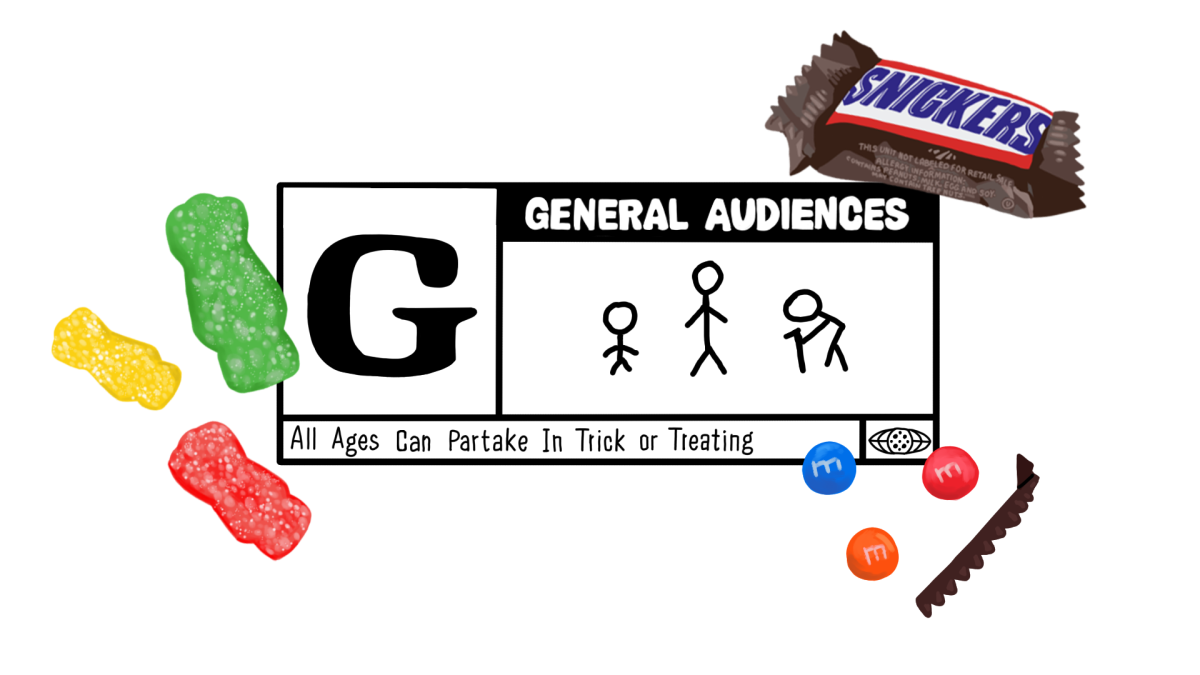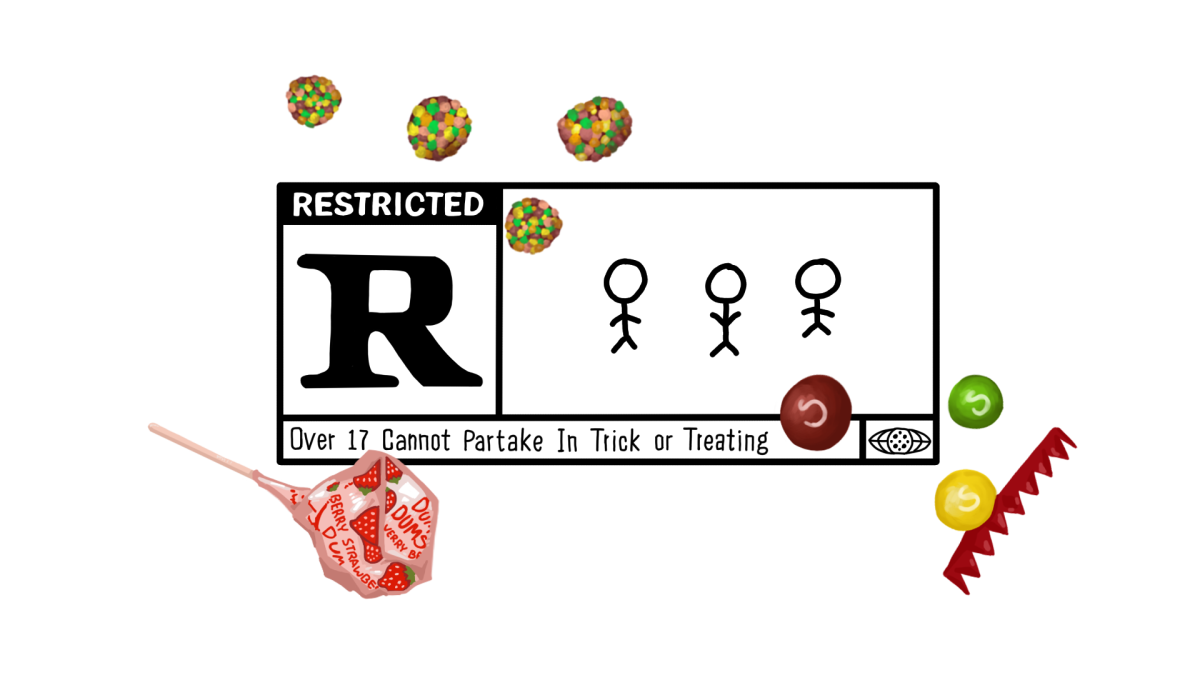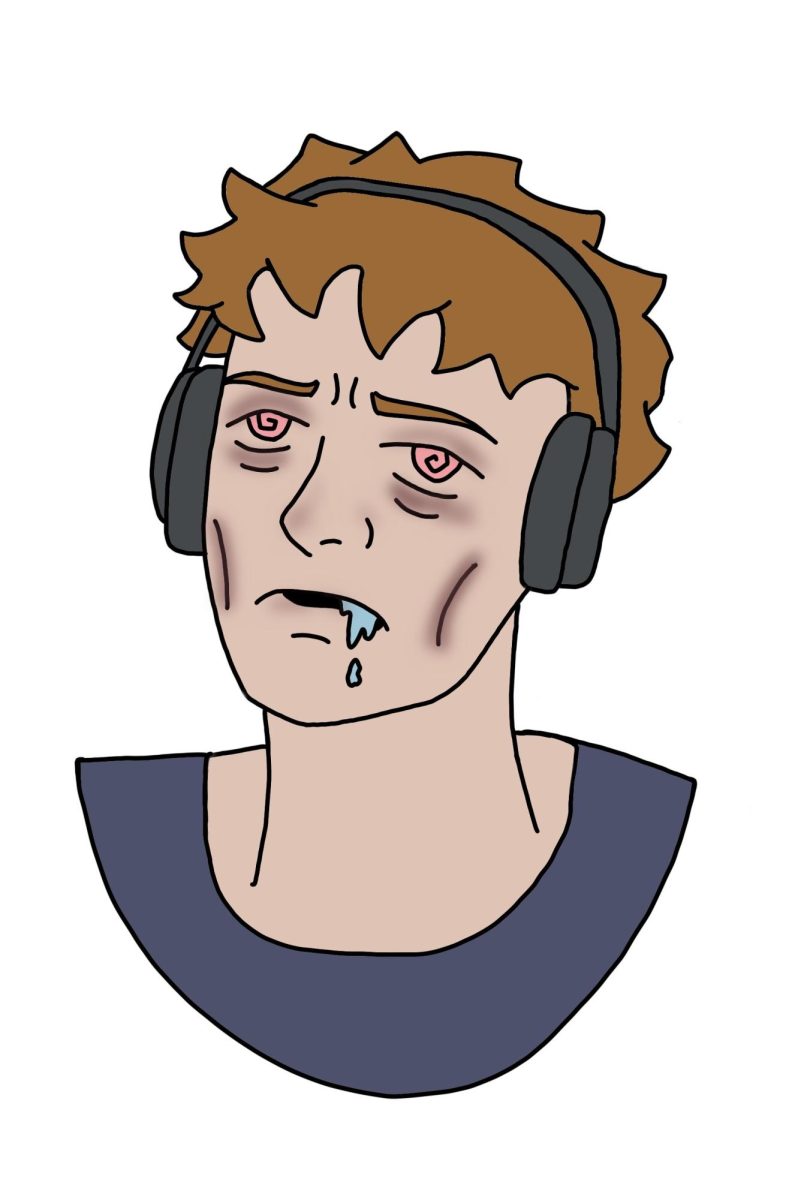In a world where everyone is racing to become more mature, many teenagers instead seek to hold on to their childhood. Whether it is keychains, stuffed animals, Sonny Angels or bobbleheads, collectibles represent a desire to return to simpler times. Is this nostalgia harmless, or a means of romanticizing unhealthy consumerism?
Although overconsumption is an obvious issue that riddles nearly every capitalistic society, the act of collecting figurines is not that. It is not about hoarding or the relentless pursuit of objects to buy simply to have and never appreciate, for owning for the mere purpose of saying you do. In a world of constant technological advances and innovation, social media influence and political unease, teenagers today turn to collectibles for a sense of nostalgia. Most people think of nostalgia as something that is reserved for older generations looking back and longing for their past, however for many teens, it is a way to cope with the hardships of their present. In this, they seek simpler cultural moments to latch onto. As children, we often clung to our stuffed animals, dolls or superhero figurines for comfort; they were friends during that time of constant growth and change. Why is it any different as one gets older? Why does it suddenly become a means of consumption, rather than an object for nostalgic comfort to attach a Sonny Angel to your phone case or build a shelf to display your Funko Pop! collection?
Rather than contributing to a world of overconsumption, these objects create a sense of community. Online forums and social media platforms are both geared towards finding people who share your interests. While it is easy to label Funko Pop! as overconsumption when you do not look past the surface, they allow fans to hold a piece of their favorite comic, TV show or movie in physical form. Owning one of these figurines is not about buying into a trend that will die out in a few months; it is a way of commemorating their ongoing connection to these stories or holding close to different stages of life.
The same goes for Sonny Angels and Smiskis. While to many, Sonny Angels look like meaningless cherub figurines attached to people’s phones and laptop cases, the story behind them is not merely capitalistic. Created by Toru Soeya, Sonny Angels were made to be tiny companions to women in their mid-20s who were dealing with the stresses of adulthood. While this is no longer their main use, the act of being companions to people dealing with stress continues to stay. Sold individually in themed collections like animals, vegetables, fruits and holidays, many use these cherub dolls as rewards for studying and milestones or for mini boosts of serotonin when they see these adorable figurines attached to their devices or standing on their desks in their outfits. They offer a feeling of nostalgia to the dolls, stuffed animals and action figures that we, as children, used to utilize for feelings of comfort and joy. The appeal for Smiskis is similar, although the design of these green glow-in-the-dark is far different. While Sonny Angels is more about the headwear, which falls in line with the collection’s theme, and the outfits, Smiski focuses on the action of the figure. They are depicted moving boxes, sleeping and completing other everyday tasks, but people’s reasons for purchasing them are essentially the same as Sonny Angels and Funko Pop!: not as a means of overconsumption, but a way to seek the feeling of simpler times.


